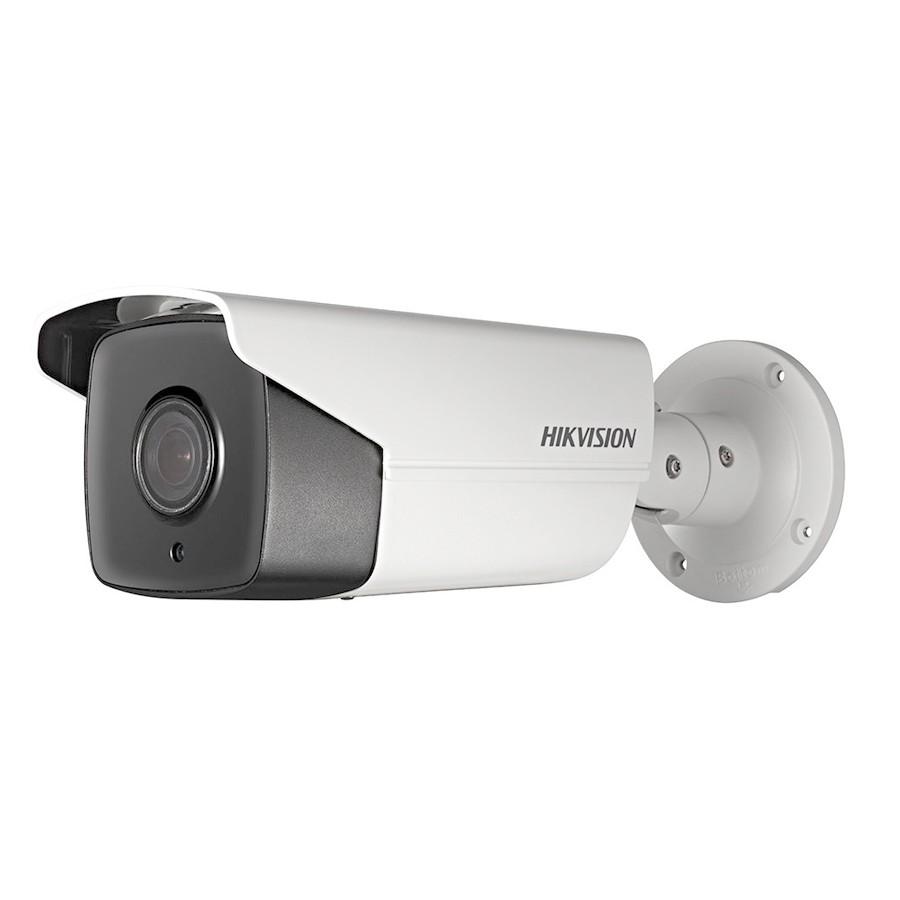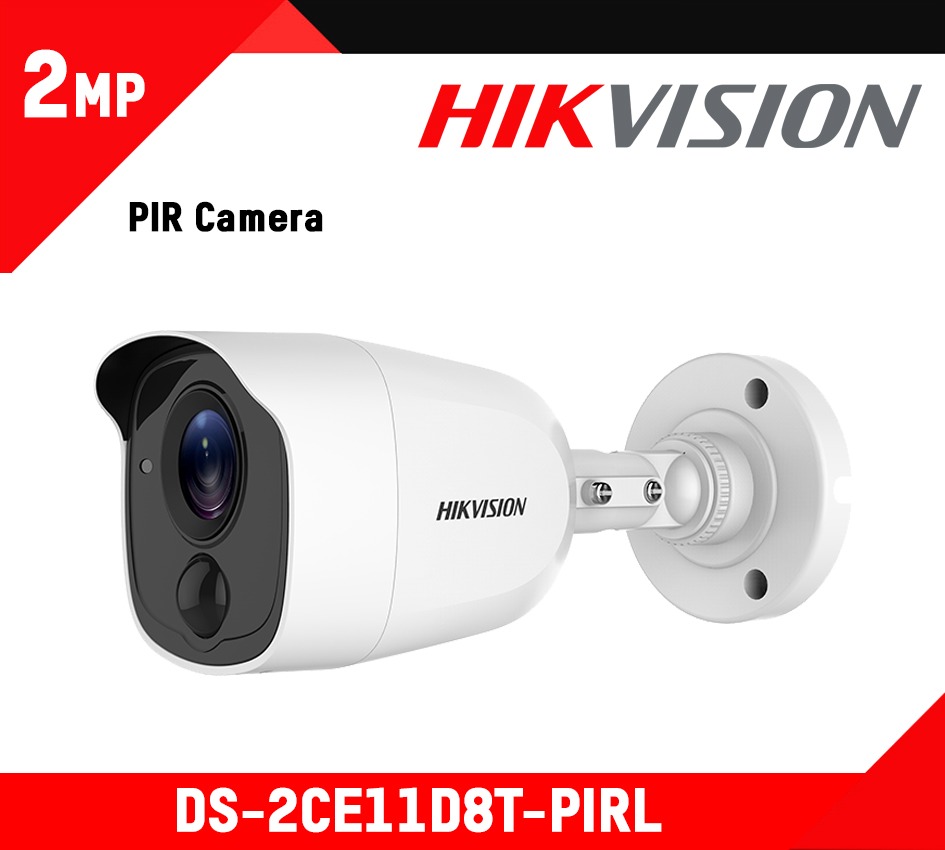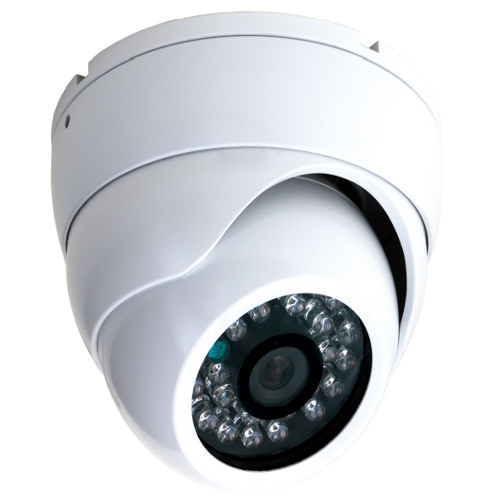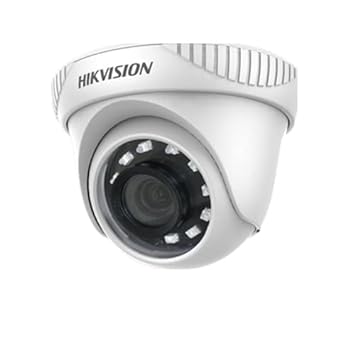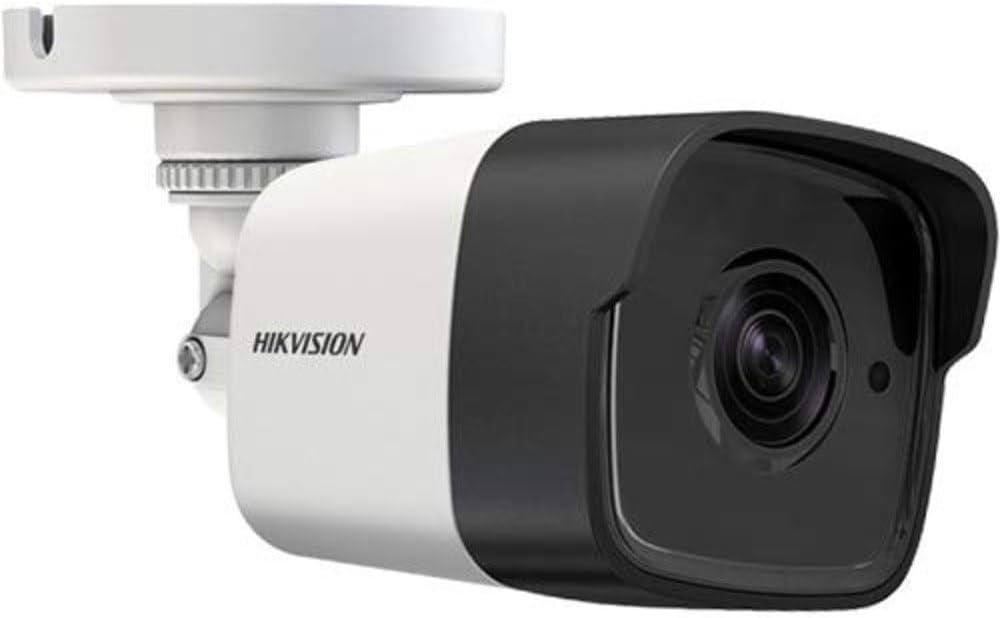Description
HikVision 720P 40M IR HD Bullet Camera DS-2CE16COT-IT3
HD-TVI TURBO HD camera Hikvision DS-2CE16C0T-IT3 M7561 has been designed for use in CCTV systems based on HD-TVI DVRs. The camera provides 720p video. With sensitivity of 0.1 lx and built-in IR illuminator with range up to 30 m, the camera provides high quality images in low light or even no-light conditions (with IR).
The camera belongs to the C0T series of the most economical Hikvision HD-TVI cameras. For affordable price, the cameras provide good quality video in day and night conditions (thanks to built-in IR filters and IR illuminators). In comparison with the higher C2T and C5T series, the cameras use smaller image sensors with lower sensitivity and smaller dynamic range (they are not recommended for places with very high contrasts).
High Definition Transport Video Interface (HD-TVI) is a revolutionary technology that allows users to send uncompressed, high-resolution video (up to 1080p) over coaxial or twisted-pair cables (using dedicated baluns). The transmitted video signal is in analog form, with bandwidth much greater than in the case of CVBS (SD). As the signal is not compressed, the picture is more natural during live viewing. There is no delay and the configuration of such a system is easier compared to IP CCTV solutions.
Mechanical IR-cut filter ensures perfect color rendition in daylight and full sensitivity with IR lighting.
Main advantages of HD-TVI systems:
- no delay
- natural live image due to lack of video compression
- video transmission via coaxial cables
- high resolution – 720p or 1080p
- tribrid DVRs – support for HD-TVI, CVBS and IP cameras,
- high resistance to electromagnetic interference through the use of QAM synchronous amplitude modulation and separation of luminance and chrominance signals
- much easier configuration compared to systems based on IP protocol
- two-way communication – access to OSD menus of cameras and PTZ control via the video cable, directly from the HD-TVI DVR
- maximum video transmission range longer than in the case of CVBS signals


